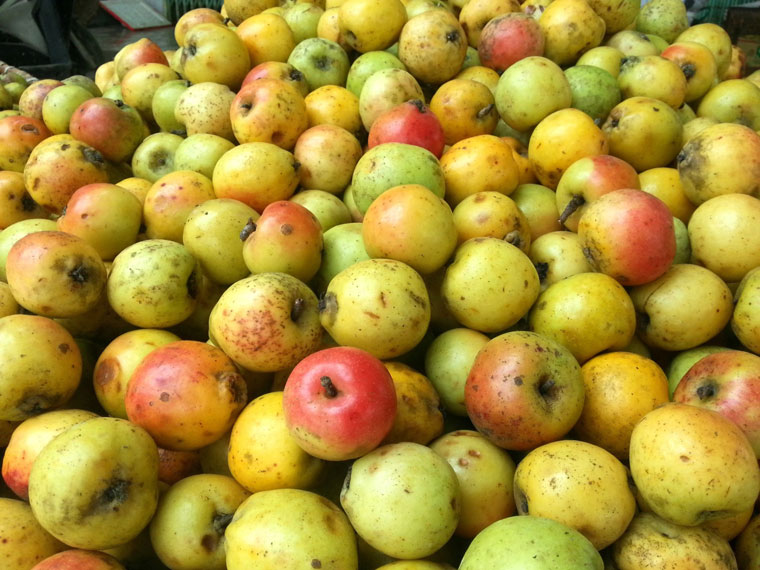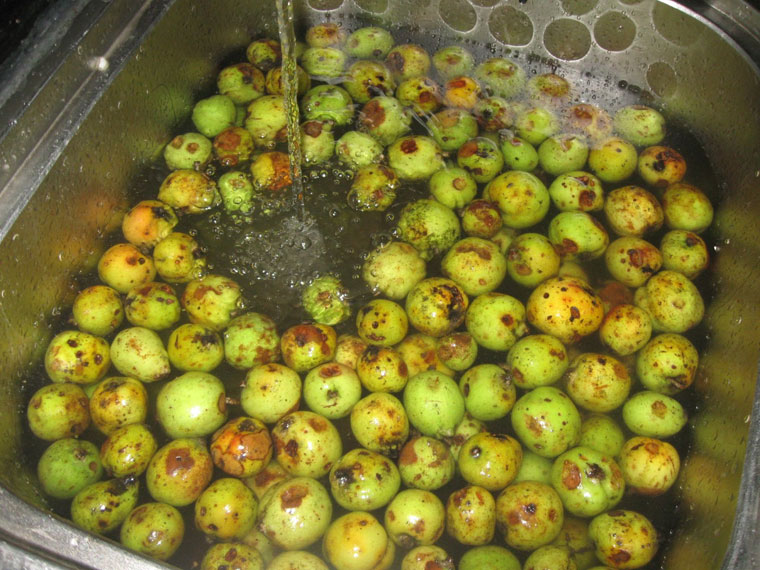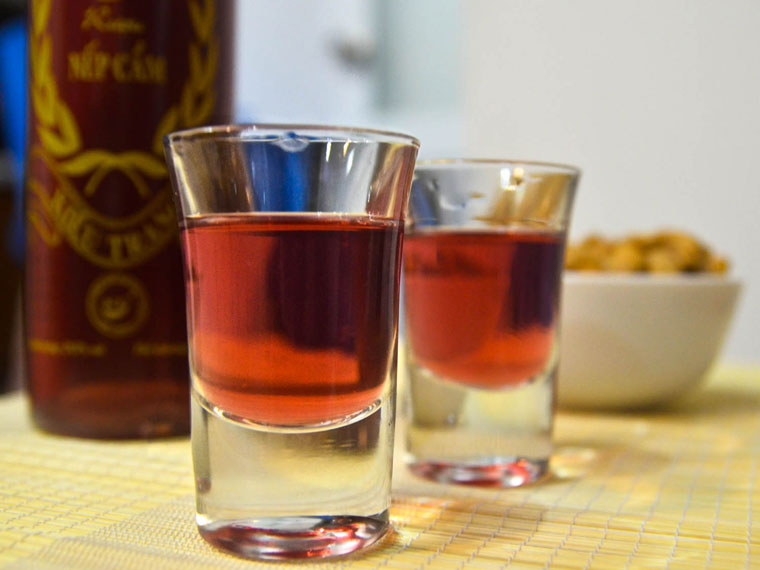How to Choose the Best Hawthorn Apples for Wine-Making

- Buy your hawthorn apples from a reputable source to ensure quality. Poor-quality apples can affect the taste of your wine and may even be harmful to your health.
- When choosing your apples, look for slightly flattened fruits with a golden hue or a pink blush. Avoid any that are bruised or damaged, and make sure they feel firm and solid, not soft or misshapen.
- Unripe apples will have a mild sour and astringent taste, while ripe ones will have a subtle sweetness without being overly sugary.
Preparing Hawthorn Apples for Wine-Making

- Step 1: Remove any apples that are damaged or infested with worms. Rinse the apples three times in clean water to remove dirt and residue from the stems. Soak them in a saltwater solution for 30-45 minutes, then drain and set aside.
- Step 2: Prepare a clean cutting board and knife. Mix a solution of water and vinegar in a bowl, stirring well.
- Step 3: Using your knife, trim off both ends of the apples and cut them in half. Cut along the horizontal axis of the fruit to preserve the seeds inside.
It’s important to soak the apples in a saltwater solution as soon as they are cut to prevent discoloration and reduce the astringent taste. This will also improve the quality of your wine.
Choosing the Right Container for Wine-Making
Select a container that is sized appropriately for the amount of apples you plan to use. Glass bottles or ceramic crocks are better choices than plastic containers for wine-making.
Selecting the Right Wine for Infusion

Choose a wine with an alcohol content between 30-40% such as rice wine or white liquor. These wines will enhance the flavor of your infusion. For the best results, use rice wine, which will naturally lower the alcohol content to around 32-35% after infusion.
Infusing Your Hawthorn Apple Wine

- Step 1: Before adding the wine, infuse the apples with sugar. Layer the apples and sugar in a ratio of 5:1 (5 kg of apples to 1 kg of sugar) and let it sit for 7-10 days. This process helps to reduce the astringency of the apples and encourages the release of their juices.
- Step 2: After the infusion period, you will notice that the apples have floated to the top, and there will be some sugar syrup left at the bottom. Remove the apples and strain the remaining syrup into a separate bottle to use as a daily syrup or to mix with your wine.
- Step 3: Return the apples to your container and add wine at a ratio of 1 kg of apples to 1.5 liters of wine. Allow the mixture to infuse for 6-8 months to develop a full flavor.
Storing Your Hawthorn Apple Wine

Store your wine in a cool, dry place at around 25 degrees Celsius, away from direct sunlight. Keep the container tightly sealed to prevent evaporation. For optimal storage, consider using a wine cellar or burying your container underground.
Drinking a small glass of this wine with your daily meals can aid digestion, improve blood circulation, and benefit your heart health and blood pressure. As with all alcoholic beverages, enjoy in moderation.









